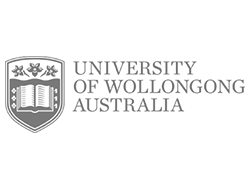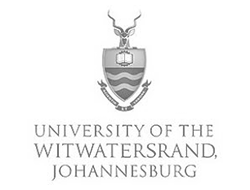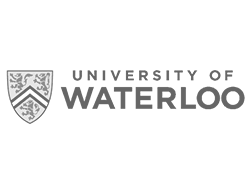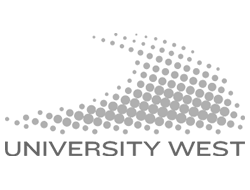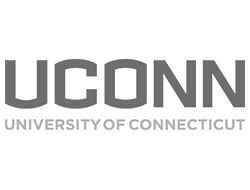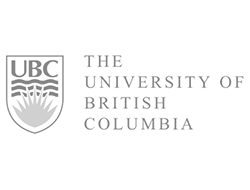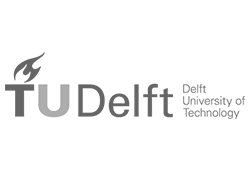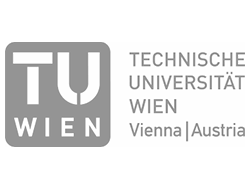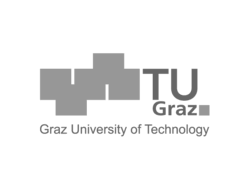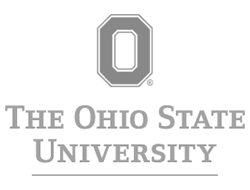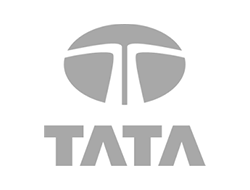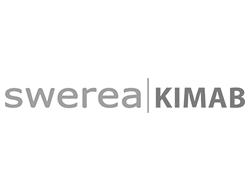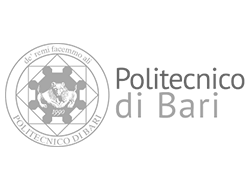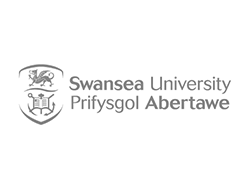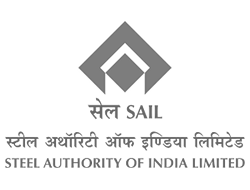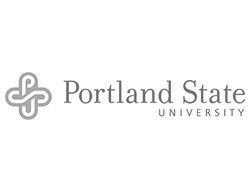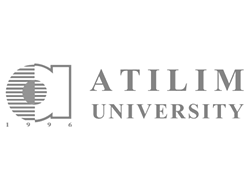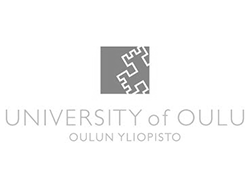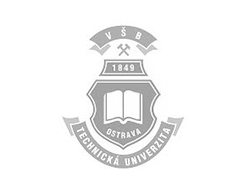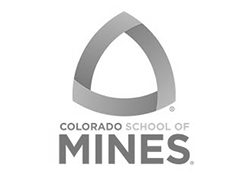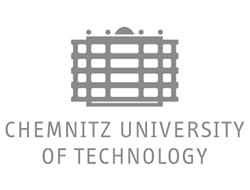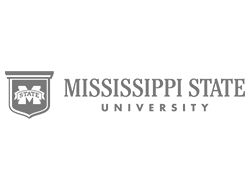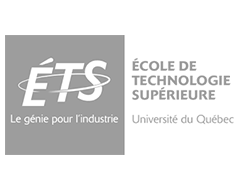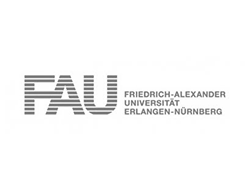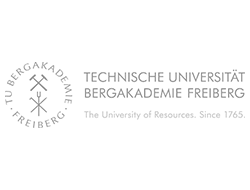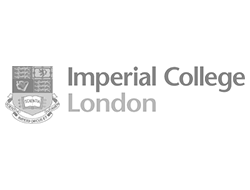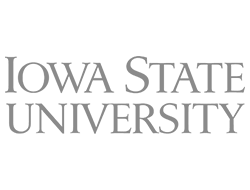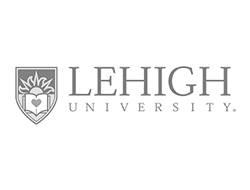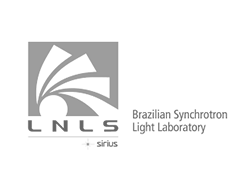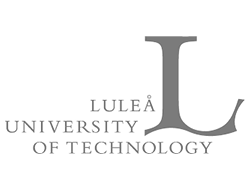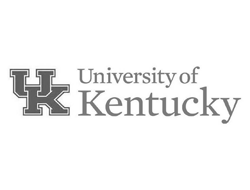Colorado School of Mines
Flexibility is the key to our "extensive use of the Gleeble, says Dr. David Matlock, Professor of Metallurgical and Materials Engineering, at the Colorado School of Mines.
Ever since its installation five years ago, the Gleeble has been kept busy with a wide variety of projects. Much of the work has been to support private industry and government contracts undertaken by the school's Center for Welding & Joining Research (Professor Glen Edwards, Director) and the Advanced Steel Processing & Products Research Center (Professor George Kraus, Director). In addition, some eight to ten students have done their thesis studies on the Gleeble, including investigations involving titanium, steel, aluminum alloys, and composites.
Over the years, the original Gleeble 1500 has been upgraded with the latest controls, computer, and data acquisition system to keep pace with the demand for state-of-the-art capabilities to be applied to welding and joining, phase transformations, and hot deformation studies.
Dr. Mike Maguire, now with Sandia National Laboratory, and Dr. Brian Damkroger, now with Los Alamos National Laboratory, both worked with Professor Edwards to utilize the Gleeble for fundamental welding and joining research. Under a Navy contract, Dr. Damkroger and others have tested the hot ductility of titanium to determine the reasons for sub solidus cracking and studied the HAZ problems associated with welding and processing this material at higher temperatures. Dr. Maguire and his colleagues are making progress in solving a similar problem involving high temperature polycrystalline aluminides, which are inherently brittle materials. Despite alloying to increase ductility, cracking problems still persist. Other graduate students are studying the welding of high-strength, low-alloy steels to improve hot ductility.
Dr. Maguire says, "Precise control of heating and cooling rates is critical to these studies, and we rely on the Gleeble's computer control and contact thermocouples to achieve the precision we need."
Other work at the Colorado School of Mines involves developing continuous cooling transformation diagrams for steel weldments in HSLA 80, a steel that can replace HY 80. HY 80 requires heating before and after welding; by con-contrast, HSLA 80 offers improved weldability and eliminates the additional heatings. Using the Gleeble and a diametral extensometer, the Gleeble lab has prepared curves on the HSLA 80 base metal.
Over the years, School of Mines researchers have received extensive support from the Navy for developing new weld metals, evaluating the properties of weld metal, and understanding of the behavior of weld metal during cooling and reheating.
The Gleeble is also being applied to work on transient liquid phase bonding, a process designed to join materials in a strong bond without melting. Aluminum-zinc-aluminum sandwiches are placed in a stainless steel tube and heated in the Gleeble to 400°C, some 200-250°C below melting. Under these conditions, the zinc diffuses into the aluminum, creating a bond. The stainless steel contains the system, and prevents the zinc from vaporizing. School of Mines researchers are also working on a similar project to join composite materials without destroying the structure of the composite.
In hot deformation work, the Gleeble is being used with hot compression platens for high temperature, high strain rate work on steels, and the researchers are having very good success getting flow stress curves on new alloy steels for rolling and forging applications.
Dr. Matlock says, "For most of the materials, no hot flow data exists. The Gleeble's computer control, precise operation, and data acquisition system are essential to getting the results that we need."
In the area of solidification, the Colorado investigators are working on aluminum-lithium alloys. A small pool of the alloy is melted inside a tantalum enclosure fitted to the Gleeble. External quenching allows the researchers to solidify the material under precisely controlled conditions to gain a better understanding of the microstructure.
Sometimes the Gleeble's flexibility allows somewhat unusual experiments to be executed. "We were looking at the phase transformation of stainless steel when we decided that we really needed to supercool the material below room temperature," Dr. Matlock says. " Dynamic Systems modified the temperature control module, and we achieved the necessary cooling rate by spraying the specimen with ultracooled helium gas."
Dr. Matlock points out that the flexibility of the Gleeble has been of great value to the School of Mines, "That's very important to us, and it helps us to get maximum productivity out of the work we do."
This article first appeared in the Gleeble® Newsletter — Summer 1989.



